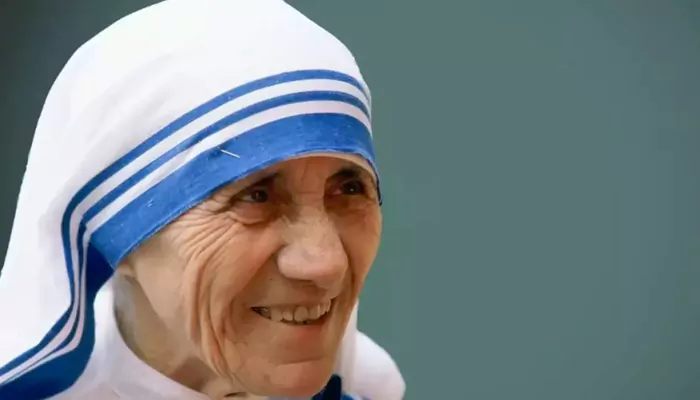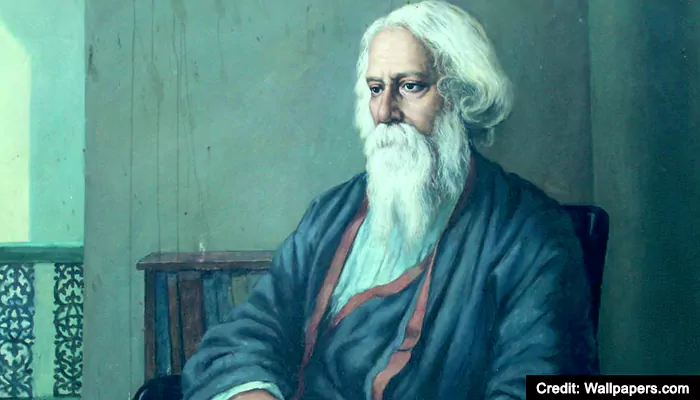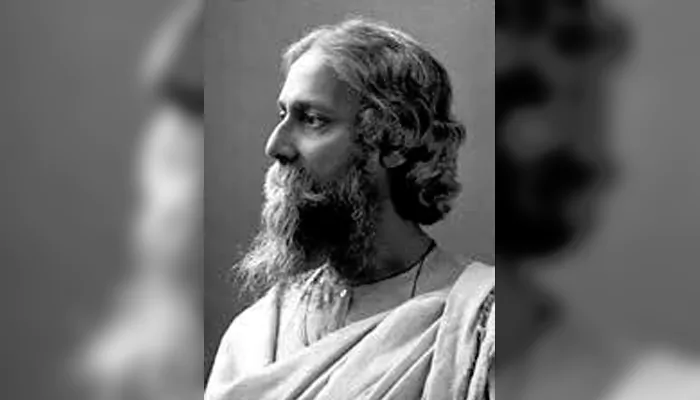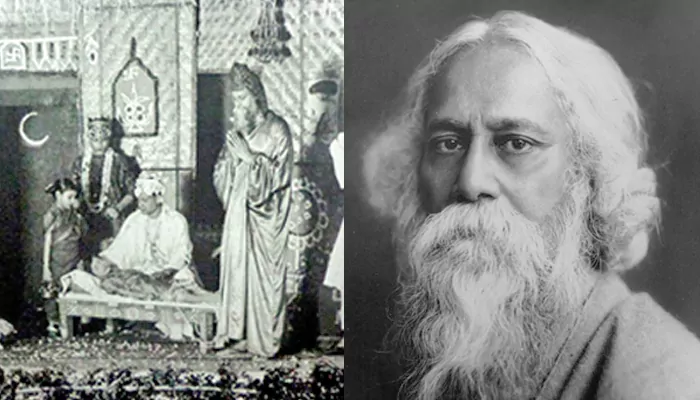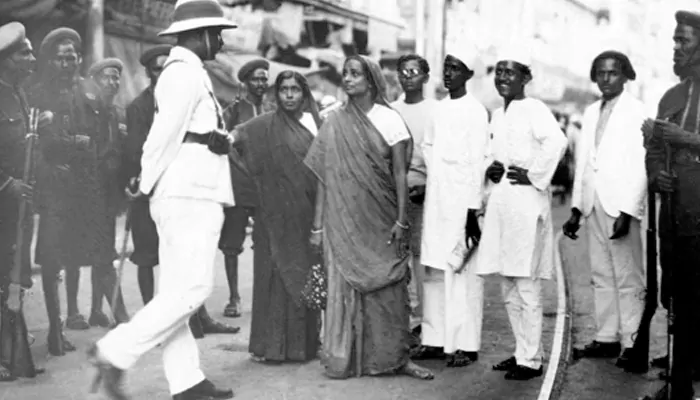Jawaharlal Nehru's Death Anniversary: Why Do We Call Him the "Architect of Modern India"?
- Sayan Paul
- 6 months ago
- 6 minutes read
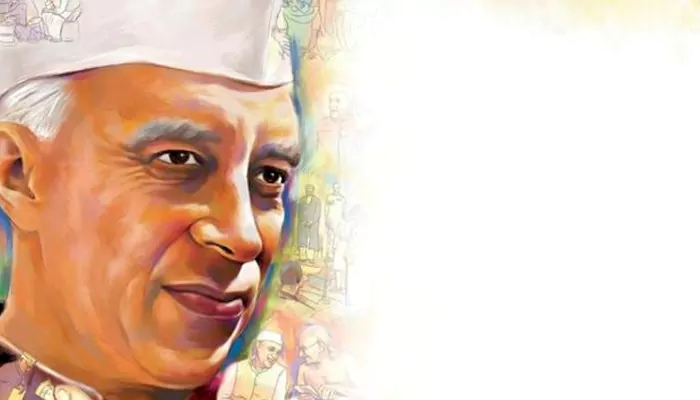
Nehru saw India as a place where every citizen, no matter their background, could find a seat at the table.
“We have to build the noble mansion of free India where all her children may dwell.” - Jawaharlal Nehru.
When India finally broke free from British rule in 1947, it wasn’t a smooth handover of a well-functioning nation. What India got instead was a country wounded by Partition, scattered by over 500 princely states, and weighed down by poverty, illiteracy, and deep-rooted inequality. For many, independence seemed the finish line. But for Jawaharlal Nehru, it was the start of an uphill climb. As the country’s first Prime Minister, he wanted to shape it. A country with no blueprint for governance was about to write its own. And Nehru, with his mix of idealism, practicality, and belief in democratic values, would play a crucial role in doing just that.

Well, Nehru was a dreamer, a builder, and a visionary who earned the title "Architect of Modern India." But what made him so special? Today, on the legendary leader's death anniversary, let’s dive into the story of a man who didn’t just fight for freedom but laid the bricks for a bold, modern nation.
Championing Democracy and Secularism
Back in 1947, very few believed India could stay united, let alone democratic. There were doubts everywhere—within and outside India—about whether it could hold together. But Nehru had made up his mind: India would not follow the path of dictatorships or military rule like many newly independent nations. It would be a democracy—messy, loud, slow at times—but a real one.
The first general elections in 1951-52 were a huge gamble. Over 170 million people were eligible to vote, most of them poor, many of them unable to read or write. Ballot boxes had to be carried to the remotest corners—across rivers, deserts, and jungles. Symbols were used on ballots so people could identify parties even if they couldn’t read.
And it worked. The world watched in disbelief as India pulled off the largest democratic election ever attempted. But Nehru didn’t stop at just holding elections. He believed democracy needed strong institutions. The Election Commission, the Planning Commission, and the Indian Administrative Service—all came up during his time to ensure governance didn’t rely only on individuals.
1955 :: Crowd Welcoming PM Jawaharlal Nehru and Indira Gandhi In Magnitogorsk (U.S.S.R) pic.twitter.com/AQZrNVfryj
— indianhistorypics (@IndiaHistorypic) October 23, 2024
(Credit: indianhistorypics)
On the other hand, Nehru recognized the importance of unity without uniformity. He was instrumental in embedding secularism into the Indian ethos, ensuring that the state remained neutral in matters of religion. His efforts were pivotal in fostering an inclusive national identity. He championed the idea of a universal adult franchise, ensuring that every citizen, regardless of caste, creed, or gender, had a voice in the nation's governance. In his words, "The boundaries of democracy have to be widened so as to include economic equality also."
" We have laid down in our Constitution that India is a secular State. That does not mean irreligion. It means equal respect for all faiths and equal opportunities for those who profess any faith. __ Jawaharlal Nehru.
— Nehruvian (@_nehruvian) June 24, 2024
(July 10, 1961) pic.twitter.com/88CHSZaHK3
(Credit: Nehruvian)
Economic Vision: The Mixed Economy Model
Post-independence, India faced the colossal task of rebuilding its economy. Nehru introduced the concept of a mixed economy, blending the strengths of both socialism and capitalism. This approach aimed to harness the benefits of private enterprise while ensuring state control over critical sectors.
On 9 July 1951, India’s First Five Year Plan was presented by Pt. Nehru. The Plan called for development of the primary sector with focus on agriculture & irrigation. The result was that India’s GDP surpassed its target growth of 2.1%, seeing a growth of 3.6% that year. pic.twitter.com/eKfx1dsW3Q
— Congress (@INCIndia) July 9, 2023
(Credit: Congress)
The First Five-Year Plan, launched in 1951, focused on agriculture, irrigation, and energy. Subsequent plans emphasized industrialization, with significant investments in steel, coal, and heavy machinery. The establishment of public sector undertakings (PSUs) became a hallmark of Nehru's economic strategy.
Pioneering Science and Technology
Nehru's belief in scientific progress was unwavering, with him saying, "It is science alone that can solve the problems of hunger and poverty, of insanitation and illiteracy, of superstition and deadening custom and tradition."
To reach his goal, he established premier institutions like the Indian Institutes of Technology (IITs) and the Indian Institutes of Management (IIMs). These institutions have since produced world-class professionals, contributing significantly to India's global reputation in science and technology. Moreover, he laid the groundwork for India's space program by establishing the Indian National Committee for Space Research (INCOSPAR) in 1962, which later evolved into the Indian Space Research Organisation (ISRO).
Jawaharlal Nehru laying the Foundation of IIT Bombay. pic.twitter.com/e6qElPdxt0
— Nehruvian (@_nehruvian) August 14, 2024
(Credit: Nehruvian)
Educational Reforms: Building the Nation's Future
Understanding that education was pivotal for national development, Nehru prioritized primary education. He advocated for free and compulsory education for all children and initiated programs to increase literacy rates across the country.
Besides the IITs and IIMs, he also played a role in establishing other institutions across the country.

His deep affection for children earned him the endearing title "Chacha Nehru," and his birthday, November 14, is celebrated as Children's Day in India.
Foreign Policy: The Non-Aligned Movement
In the bipolar world of the Cold War, Nehru championed a foreign policy of non-alignment, ensuring that India remained independent of both the US and Soviet spheres of influence. He was a key figure in the 1955 Bandung Conference, which laid the foundation for the Non-Aligned Movement.

This approach allowed India to maintain strategic autonomy and foster relationships based on mutual respect and cooperation.
Nehru was a man of great wisdom, vision, and determination. While some of his decisions have been subjects of debate, his commitment to India's overall progress remains unquestionable. As we reflect on his legacy, it's evident that his work continues to shape the country today, reaffirming his title as the "Architect of Modern India."


